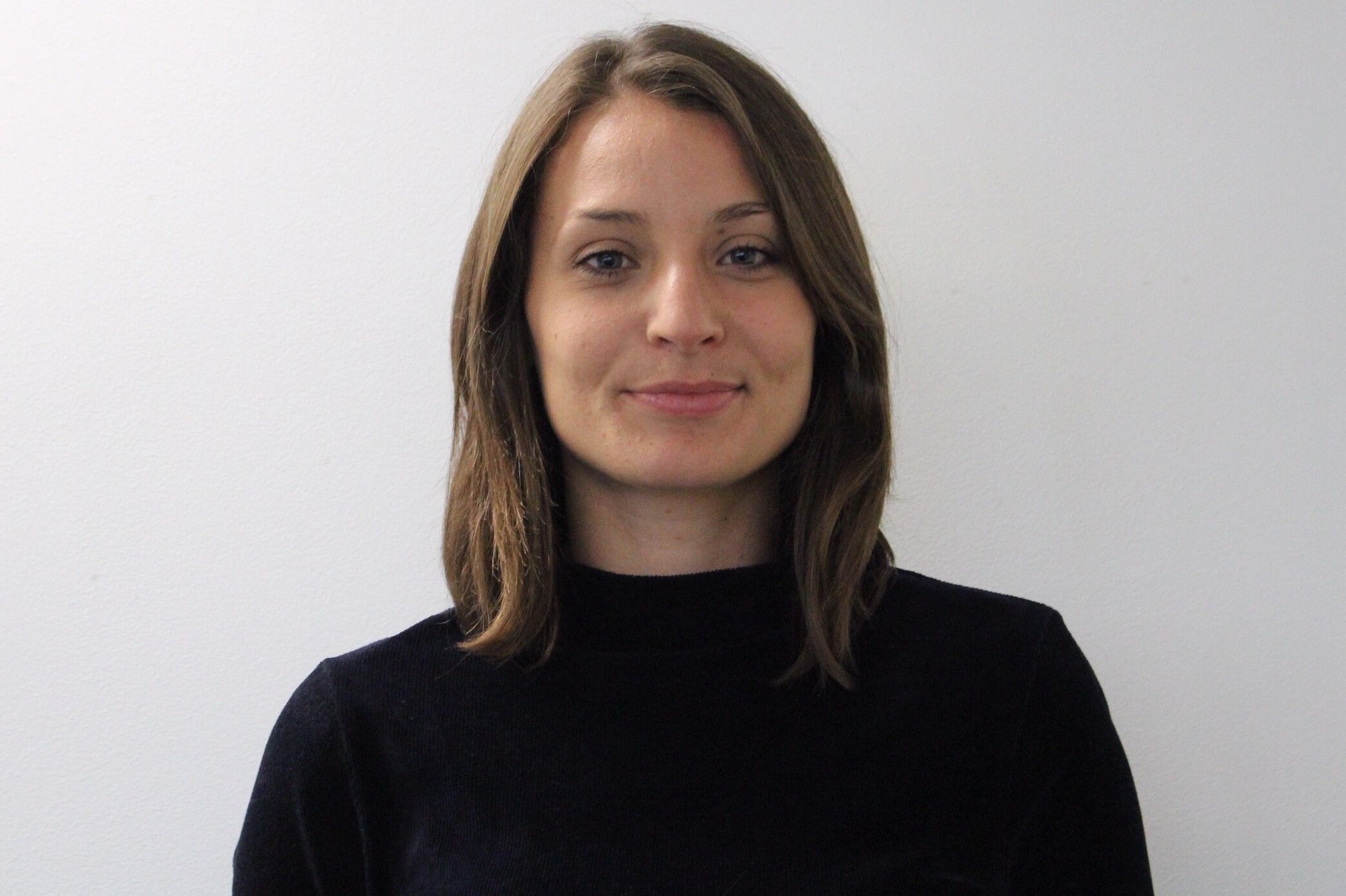
People can vanish into thin air, but money almost always leaves some trace behind.
Right now, 25 million people in the world are victims of human trafficking and being sold into sexual exploitation, forced labour, organ removal and forced marriage, as per the United Nations’ research. Victims are often coerced or convinced to go with traffickers, making it extremely hard for law enforcement authorities to follow their footsteps. However, financial services institutions have access to a different trail: money movements.
The buying and selling of people is a business that generates profits of over $150 billion a year, making it one of the most prevalent money laundering offences in the world, but also one that often goes unnoticed. Only 1% of all global money laundering is detected. BAE Systems Applied Intelligence’s most recent research found that financial institutions spend $180.9 billion a year in anti money-laundering (AML) systems. Despite this huge investment, 40% of the surveyed institutions admitted to not being confident in their ability to identify human trafficking signs among financial transactions.
But, why is money laundering so hard to detect?
“There’s no clear articulation right now of the criminal or victim activities that a bank should be detecting, so it’s really difficult for banks to scan all of the threats that are out there and actually understand the specific transactional behaviours that are indicative of crime,” says Harriet Shaw, Venture Lead at BAE Systems Applied Intelligence.

In her role, Shaw oversees BAE Systems Applied Intelligence’s Futures team, created two years ago. In this time, two startups have already been sprung from the venture capital fund. The third one, called the FinCrime Testing Service, is Shaw’s response to financial institutions’ need to improve their AML detection systems.
“What we are bringing to the table is a different way to articulate these crimes,” Shaw says. “They haven’t been documented in the step-by-step process, and that’s what we have done.”
The FinCrime Testing Service is a tool that simulates human trafficking behaviour, allowing banks and other customers to test the effectiveness of their AML systems. Its goal is to support financial institutions in reducing operating costs by making their AML efforts more efficient, while also fighting a crime as heinous as human trafficking. At the same time, Shaw also hopes to bridge the historic gap between financial institutions and law enforcement authorities in regards to AML efforts.
“Traditionally, financial centres have just wanted money flowing through their cities, so their AML controls have been quite lax,” Shaw explains. “The focus hasn’t been on money laundering from a strategic perspective, and that’s allowed a lot of really difficult technical problems on the banking side to fester over the years that we are now trying to undo.”
One of the motors of this drive towards better AML controls is the rising popularity of ethical banking. BAE Systems’ research showed that two thirds of British citizens would leave their bank if it failed to demonstrate a proactive approach to money laundering, and 86% of those surveyed want banks to demonstrate good ethical practices. However, it’s not just the general public that want banks to improve their AML efforts; governments and financial regulators are demanding it.

“Regulators are transitioning their expectations from just asking banks to have an AML control system to asking them to have one that is actually effective,” Shaw explains. “It’s no longer a ‘ticking the box’ approach.”
There are two fundamental aspects that go into having effective AML controls, according to Shaw: understanding the financial behaviour of victims and criminals, and making sure that that behaviour is getting picked up by the bank’s systems. Or, in fact, making sure that innocent behaviour is not being picked up by these systems and saving resources that could be used elsewhere.
“Financial institutions have translation monitoring systems that create millions of flags every day,” Shaw stresses. “Employees have to spend huge amounts of money triaging through those flags, when they don’t actually know how many of them are actually catching crime.”
The FinCrime Testing service’s main benefit to banks is precisely the ability to prove that their AML systems are inefficient, and help them improve them, making them more targeted and cost-effective. Without a tool like this, financial institutions are trapped within a paradox. They can’t prove that their AML detection approaches are inefficient but also can’t make the business case to change them. It’s an endless cycle that Shaw is determined to break.
In order to accurately detect human trafficking-related money laundering, Shaw’s team spend considerable time studying the behaviours and financial transactions of both victims and perpetrators of this crime. They also consulted with NGOs and law enforcement to hear real-life testimonies of people who have been involved with human trafficking. The goal was to identify financial patterns that can be picked up and simulated by algorithms.
“Victims of human trafficking, when they’re used for sexual exploitation, have a certain transactional profile that’s generally quite unusual,” Shaw explains. “They have lots of late-night activity and hotel payments. They receive cash from customers that come to see them at night and deposit that cash in the morning into their bank account. Then, all of that money gets either transferred or withdrawn to hand over to the perpetrator or the organised criminal group that controls them.”
Once the FinCrime Testing Service tool understands these behavioural patterns, it uses agent-based simulation to produce similar synthetic customer and transactional data. The dataset is then mixed with information from normal transactions and run through a financial entity’s monitoring system, to test its ability to detect the hidden criminal behaviours.

“It’s almost like pen-testing in the cybersecurity space, but for financial crime,” Shaw says. “We run our dataset through their system and then some alerts are produced. Then we match that back to our datasets, and say: ‘Okay, we filed through 20 different scenarios of human trafficking, you actually alerted against these ones but you missed these ones, and even the ones that you did alert against, you could do that more efficiently’.”
The most effective way of improving AML systems is to programme it with very specific criteria. Instead of making the system flag every time a person does three large cash transactions in a month, Shaw’s team recommends focusing on trends such as the time when the transactions are being made, as well as the age and nationality of the customer. However, behavioral analytics are very complex, as Shaw found out when her team began developing a proof of concept in a country different from the one they had begun researching in.
“The transactional profiles of victims or perpetrators of human trafficking in a European are very different to the those in the UK,” Shaw stresses. “They vary in things like how much they use cash, whether they go to ATMs or other cash services, whether they use the informal value transfer system and the currency. We had to translate all of our data and the behavioural patterns for a new country, and that was such a learning experience.”
To achieve this successfully, Shaw’s team worked alongside Acuminor, a Swedish fintech startup, to obtain information about human trafficking in Northern Europe and build a proof of concept of the FinCrime Testing Service for a bank in the region.
“The bank was able to say whether or not it detected human trafficking and which scenarios it might be missing,” she explains. “However, the really efficient findings for them were about rules that are overfiring, and picking up absolutely everything, including background innocent activity. If it is able to turn those off it will save huge amounts of money.”
The proof of concept also demonstrated that the data used by the FinCrime Testing Service is in the right format to be ingested into a bank’s transaction monitoring system. Although this would be key for any other fintech startup, Shaw’s team had been able to test their system in BAE’s transaction monitoring system, NetReveal. “It’s a key strategic advantage that we wouldn’t have if we were on our own,” Shaw says.
The success of this proof of concept helped the FinCrime Testing Service to obtain external funding for a full-scale development and expand within the UK and other countries. As institutions use the FinCrime Testing Service, it will become smarter and smarter, and eventually, will even be able to develop a benchmarking system by which banks can compare the effectiveness of their AML systems against those of rival institutions and understand their strengths and weaknesses within the market.
“I think it would encourage people to use it because of those benchmarking services,” Shaw says. “But also, the more customers use it, the more they can feed in ideas, and build functionalities into the typology stores. That way, not only are we as BAE uploading interesting criminal up-to-date activity data, but also the banks are commenting what they want to see next, and that sort of consortium would be helpful for the fight against financial crime.”
Shaw’s goal is for this service to become a point of contact, where institutions can join forces and share resources in the fight against financial crime, and particularly, human trafficking. Her team is currently working on adding the 22 money laundering offenses identified by the European Union to the system, including labour exploitation, tax evasion and counter-terror financing.“My vision is closing the gap between law enforcement agencies and banks, and synthetic data might be the answer to that,” Shaw says. “By helping banks make efficiency savings, they will actually file much more quality intelligence into law enforcement, that it can then use to investigate human trafficking cases. The real problem is the gap between those entities, which is quite a gaping hole in my opinion.”
After all, dirty money doesn’t disappear unless it’s cleaned up.



